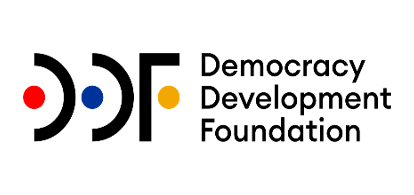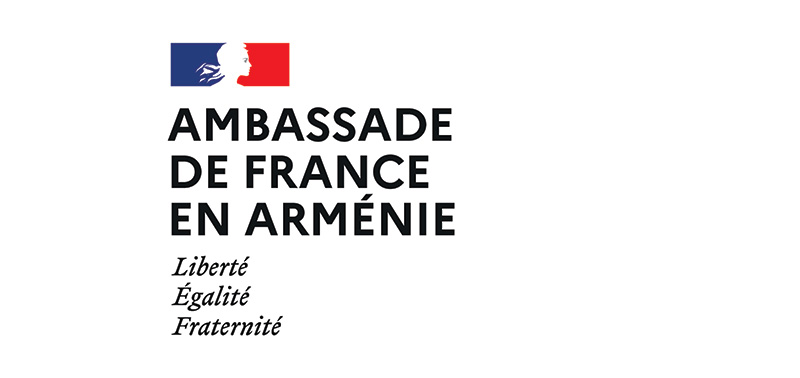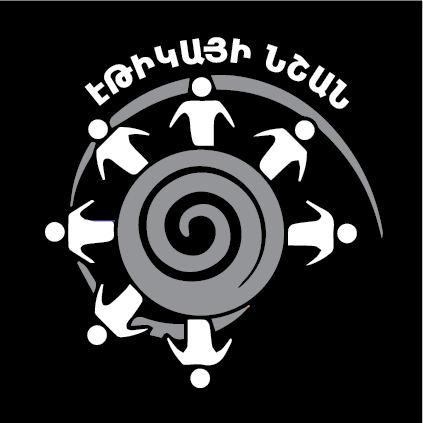Russian Foreign Minister Sergey Lavrov, during a press conference in Yerevan on May 21 with his Armenian counterpart, Foreign Minister Ararat Mirzoyan, once again made a false statement referring to Azerbaijan’s military aggression against Jermuk in 2022.
In particular, answering the journalist’s direct question about why Russia did not react proportionally to Azerbaijan’s military aggression in accordance with its contractual obligations, he first wondered what a proportionate response meant, and then added: “The reaction stemming from the CSTO obligations was made and it was done so immediately: a fact-finding mission led by the CSTO Secretary General arrived in Armenia, immediately went to the scene, and presented an operational report with specific and practical recommendations that a CSTO observation mission should be deployed there to stabilize the situation.”
The Russian official presented a whole series of actions, saying that a statement was developed, edited by the foreign ministers of the CSTO member states, a consensus had been reached, but “for various reasons the Armenian side proposed to postpone the signing of the agreed text.”
Afterwards he elaborated: “We gave our consent, and some time later, in November, the EU mission was announced, and in Prague it was announced that the issue of Nagorno-Karabakh’s affiliation would be decided on the basis of the Alma-Ata Declaration, according to which the Nagorno-Karabakh Autonomous Oblast is part of Azerbaijan.”
What do the facts tell?
The reality, however, is different. The facts suggest that Russian Foreign Minister Sergei Lavrov is simply lying.
On September 13, 2022, Azerbaijan launched a large-scale offensive on the Republic of Armenia, occupying new territories, including 74 square kilometers from Jermuk. As a result of this offensive, the Armenian side suffered 224 casualties, more than 20 captured, and 293 injured.
Immediately after the incident, on September 14, Armenia again appealed to the Organization, this time within the framework of Article 4 of the Treaty on Collective Security, but the appeal remained unaddressed, in particular, the CSTO did not make a decision to send troops to Armenia.
“We have appealed to the CSTO based on Article 4 of the Collective Security Treaty, which states that aggression against one of the member states is considered aggression against other countries. What have we asked from the Collective Security Organization? We have asked, we have appealed for assistance, support, including military, to restore the territorial integrity of Armenia and ensure the withdrawal of Azerbaijani armed forces from the territory of Armenia,” Prime Minister Nikol Pashinyan stated in the National Assembly on September 14.
Weeks after the incident, on October 23, the Council of the European Union agreed to the establishment of a civilian mission (EUMA) on the territory of Armenia, which was agreed upon during the Macron-Pashinyan-Aliyev-Michel quadrilateral meeting on October 6.
Only after all this, on October 12, 2022, did Russian Foreign Minister Lavrov announce that the CSTO was ready to send observers to Armenia and that Armenia needed to convene an extraordinary session of the CSTO Council.
Lavrov also misrepresents the chronology of the deployment of EU observers, stating that they arrived in Armenia in November. Meanwhile, from October 20, 2022, 40 European civilian observers had already been deployed in Armenia for two months, ending their activities on December 19.
However, in November of the same year, a meeting of the leaders of the CSTO countries was held in Yerevan, during which the Prime Minister of the Republic of Armenia Nikol Pashinyan did not sign the CSTO assistance document, noting that it did not give a political qualification of the Azerbaijani aggression and did not address the occupation of the sovereign territories of the Republic of Armenia.
It should be noted that the second EU mission was deployed from February 2023 for a period of 2 years, and in 2025 this period was extended for another two years.
Thus, the high-ranking Russian official is lying, distorting reality and presenting it as if the CSTO responded to Armenia’s appeal and was ready to provide assistance, but Armenia refused it.
On the withdrawal of the Russian contingent from Nagorno-Karabakh
Later, during a meeting with students at the Slavonic University, Sergey Lavrov also distorted the facts about the reasons for the withdrawal of the Russian contingent from Nagorno-Karabakh.
He specifically noted: “When the Prime Minister of Armenia announced in Prague in 2022 that he recognized the territorial integrity of Azerbaijan, we gradually withdrew our peacekeepers from Nagorno-Karabakh and now we have what we have.”
The reality, however, is different: after the meeting in Prague on October 6, 2022 and the statement of the Armenian side there, the Russian peacekeeping contingent stayed in Karabakh for another year and withdrew only on April 22, 2024. Lavrov failed to indicate that the Russian contingent left Nagorno-Karabakh when there were no more Armenians there as a result of the ethnic cleansing carried out by Azerbaijan on September 19, 2023, therefore, the sustainment of the mission was pointless.
Hasmik Hambardzumyan
[easy-social-share buttons="facebook,twitter,vk,telegram" counters=1 style="icon" point_type="simple"]
 FACTOMETER
FACTOMETER










